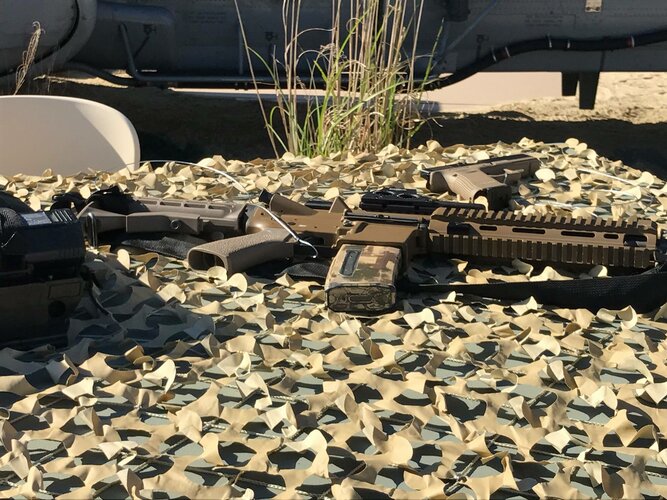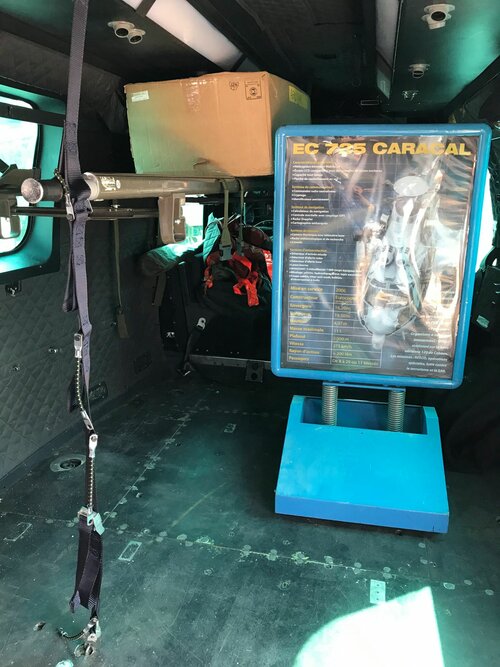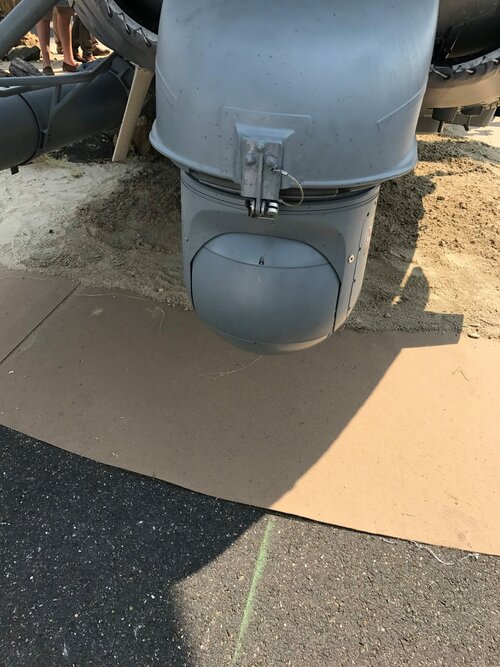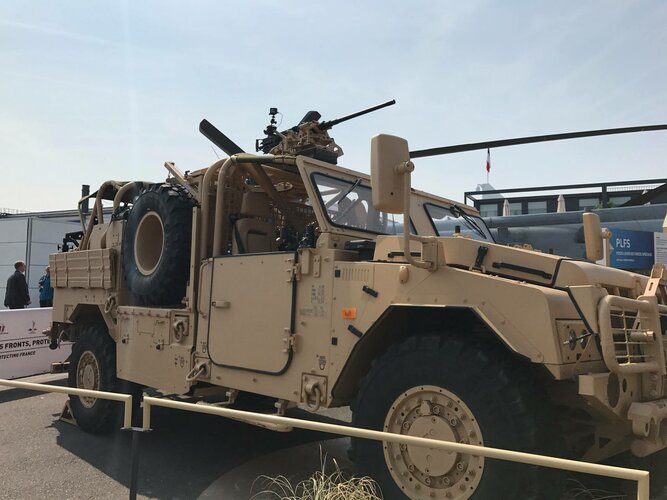Things not looking good.
The UK could buy as few as 23 aircraft through its New Medium Helicopter (NMH) contest, FlightGlobal can reveal - a dramatic reduction on the up to 44 units originally envisaged for the programme and a total that exactly matches the size of one of the four fleets the platform ...

www.flightglobal.com
Text excerpt due to paywall:
The UK could buy as few as 23 aircraft through its New Medium Helicopter (NMH) contest, FlightGlobal can reveal – a dramatic reduction on the up to 44 units originally envisaged for the programme and a total that exactly matches the size of one of the four fleets the platform was meant to replace.
While the Ministry of Defence (MoD) maintains that the total of “up to 44 platforms” cited in 2022 tender documents still applies, the actual figure being sought from the three shortlisted bidders is now much lower.
In February this year, the MoD published its long-awaited invitation to negotiate (ITN) document which laid out the exact requirements for the procurement, including quantity, pricing and aircraft specifications.
Although there had been hints last year that the number of helicopters being sought had fallen to the 25-35 range, the ITN now calls for between 23 and 32 airframes, according to people familiar with the document.
Prior to the release of the ITN, 32 was seen as the most likely total given the MoD’s ambition for the NMH platform to replace multiple types in the UK’s inventory.
At the outset of the programme, this included the Royal Air Force’s 23-strong fleet of Puma HC2 transports, alongside Bell 212s and 412s operated in Brunei and Cyprus, plus the Airbus Helicopters AS365 N2 Dauphins flown by the Army Air Corps’ (AAC’s) 658 Squadron in support of domestic counter-terrorism missions conducted by special forces.
However, on 18 April, the MoD confirmed a contract with Airbus Helicopters – first disclosed last November – to supply six H145s for the Brunei and Cyprus missions that are currently being backfilled with Pumas.
The removal of those aircraft from the remit of NMH – justified by the MoD on cost grounds – is clearly the main reason for the smaller buy.
The ITN offers no guidance on quantities beyond the range outlined; bidders are free to offer the total number of aircraft they think is appropriate and will then be scored accordingly.
Despite the lower quantity of aircraft being sought, the budget has only shifted slightly. In its original tender notice, the MoD said the budget for the procurement – including training, spares and an initial five-year period of in-service support – was £900 million to £1.2 billion ($1.1-1.5 billion), excluding Value Added Tax (VAT) at 20%.
That figure has now fallen to a maximum of £1 billion, and now includes VAT, according to people familiar with the ITN.
However, the MoD insists none of its parameters have moved. “There has been no change to the NMH scope as advertised in the contract notice and the competition needs to conclude before contract deliverables and delivery dates can be confirmed,” it says.
Bids are due to be submitted by 30 August, leading to a contract award likely by the middle of 2025 with deliveries beginning within two years and running until around 2032.
However, with a general election due no later than January next year, followed by an inevitable strategic defence review – the opposition Labour party has already promised to conduct one within 12 months of taking office, should it be elected – that process could take longer than anticipated.
The exact specifications of the NMH are still undisclosed, but sources indicate a dedicated battlefield transport helicopter is being sought. In addition, the MoD is actively considering the potential to arm the platform beyond standard door guns, FlightGlobal understands.
Despite now being acquired for two different user groups, the MoD intends that all NMH aircraft will be able to perform either mission, ensuring interoperability across the fleet.
As the initial contract notice puts it: “NMH will provide a common medium-lift multirole helicopter, fitted for, but not with, specialist mission role equipment and able to operate in all environments in support of defence tasks.”
Should the maximum number of 32 aircraft be acquired, it would represent more than a like-for-like replacement, potentially creating the conditions to reactivate the AAC’s 657 Squadron – another special forces unit that was disbanded in 2018 with the retirement of the Lynx AH9A fleet.
Indeed, insiders suggest that the MoD has moved away from a position of attempting to acquire “exquisite capability” and is instead focused on quantity: “It’s about good enough, it’s about acquiring mass, by having something that can be developed through life to deal with emerging threats.
“There is also a focus around freedom of action, of onshore design, manufacture and support – and it has to be exportable. All that is writ large in the ITN.”
Contenders for the requirement are Airbus Helicopters, which is pitching the H175M, Leonardo Helicopters with the AW149, and Sikorsky with the S-70M.
All are to be assembled, to a greater or lesser extent, in the UK, addressing the MoD’s 25% weighting for domestic design, production and “social value” considerations.
















